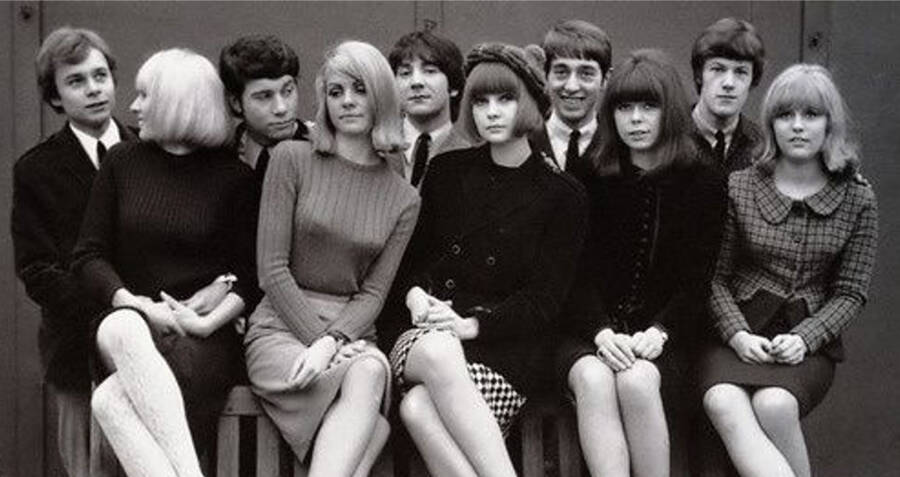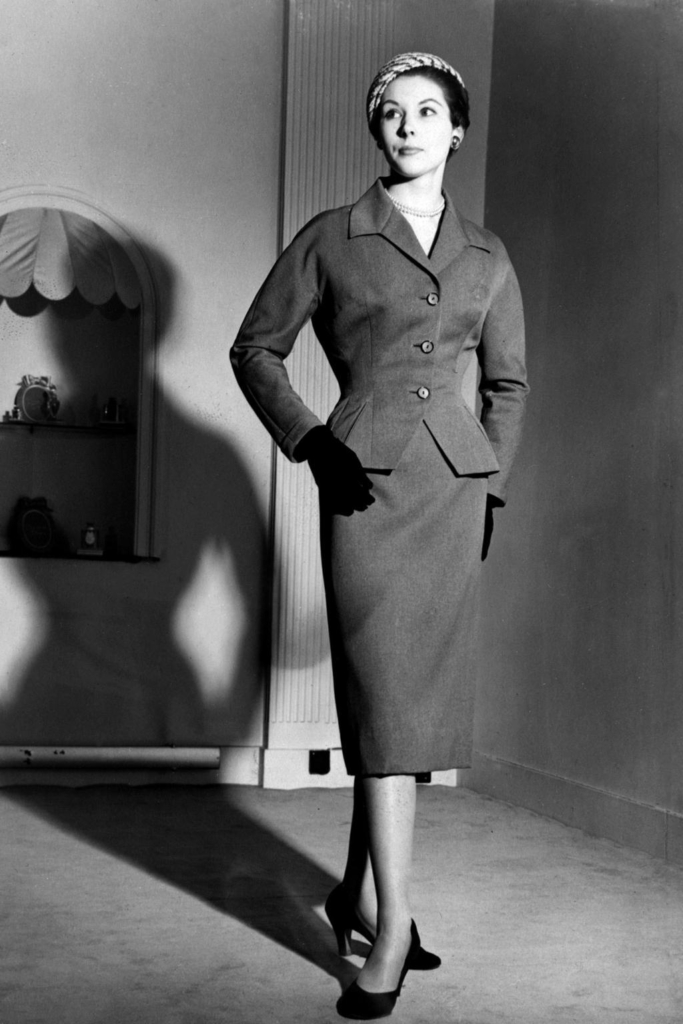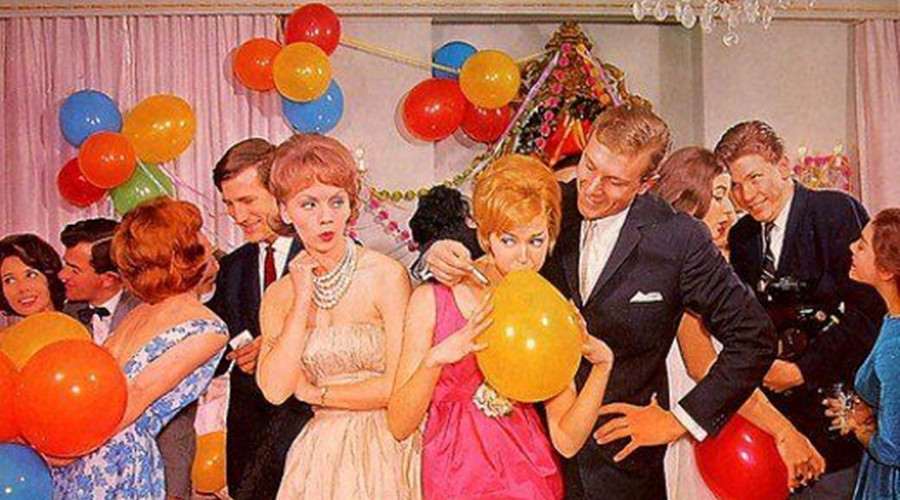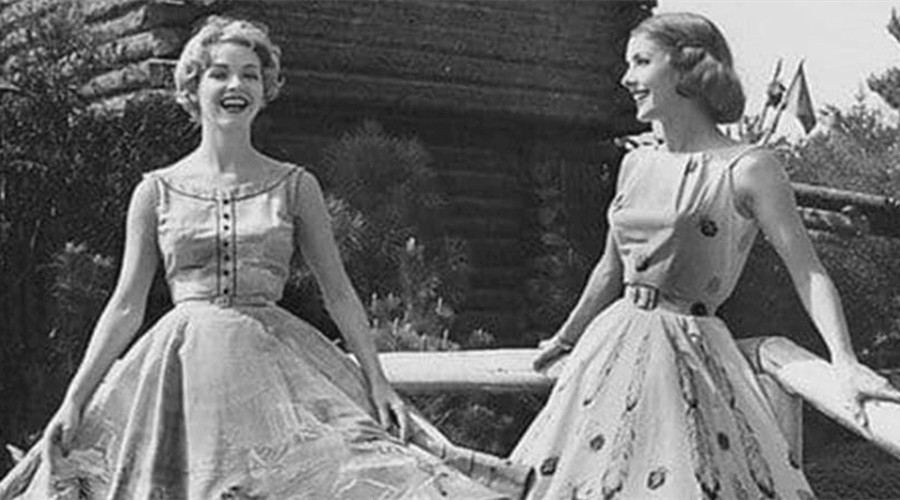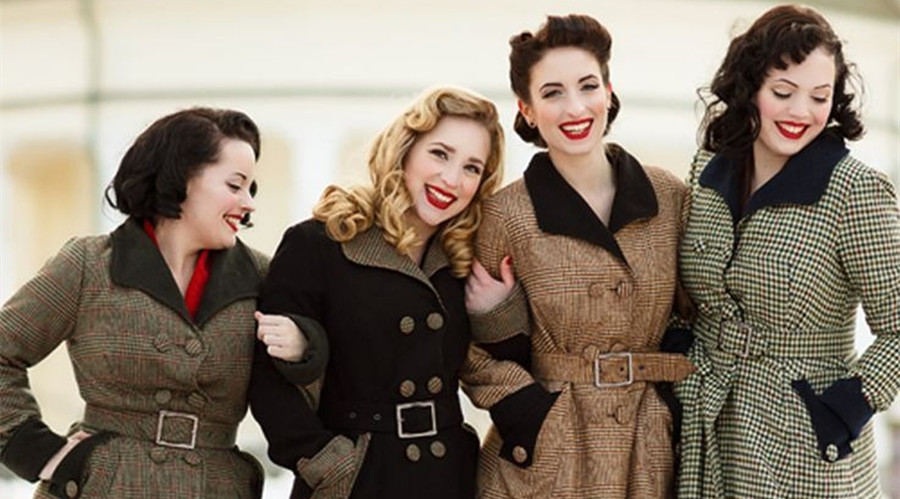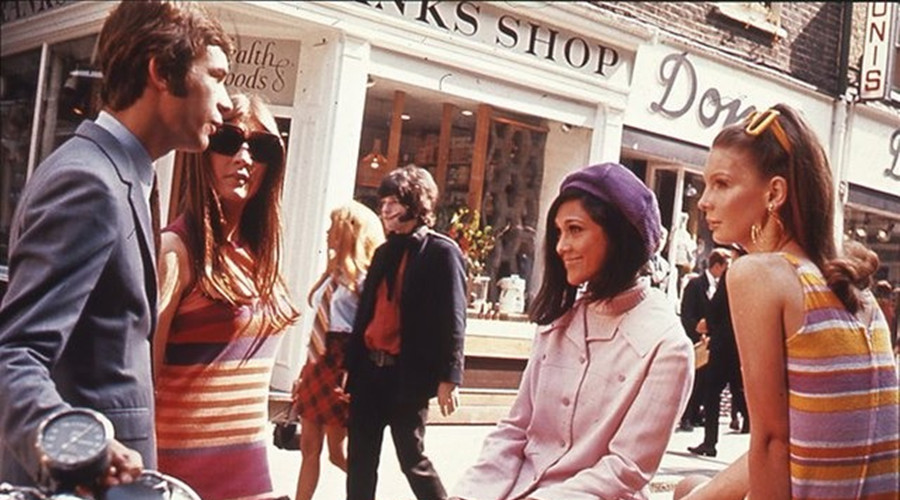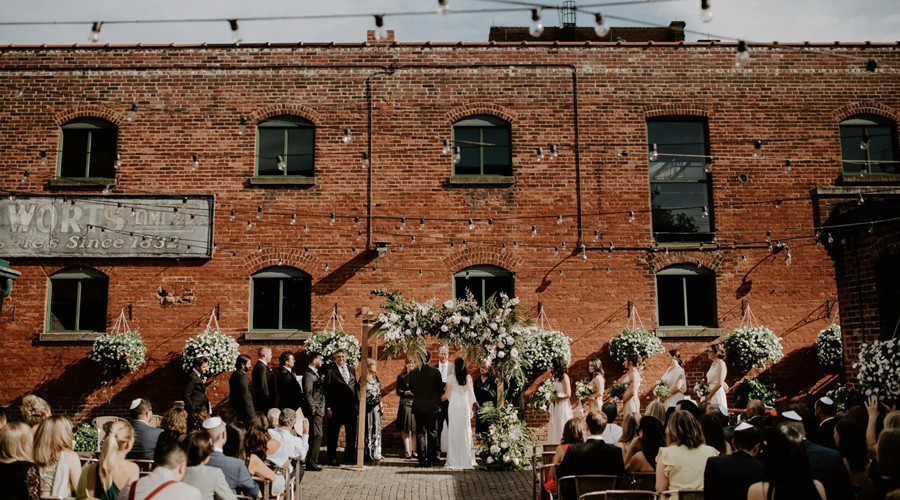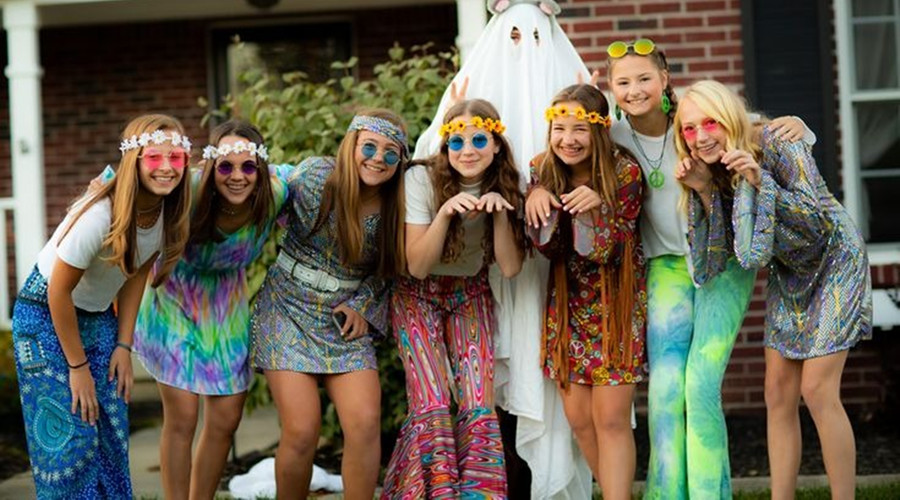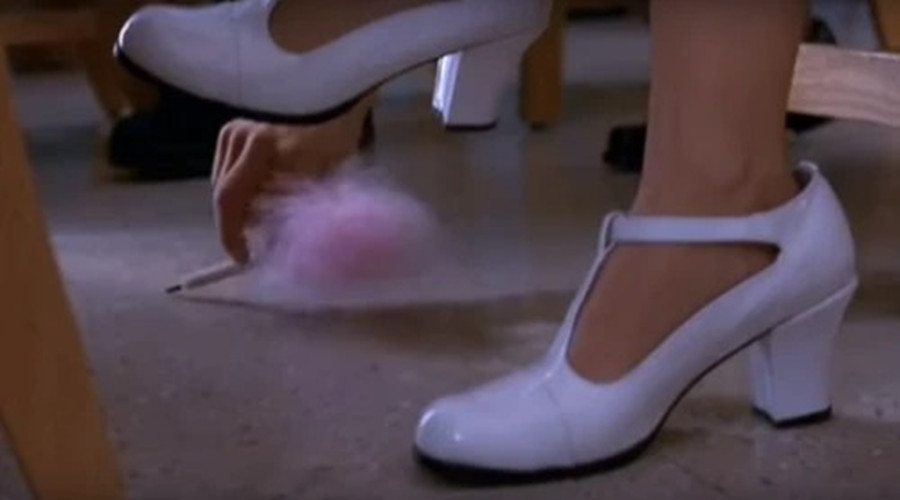The 1960s fashion was all about bold, innovative, and a departure from the conventional designs of the past. We got to see shorter hemlines, clean lines, brilliant colors, and a blend of various styles. Also, there was a fusion of the mod movement, beatnik culture, and the growth of youth-oriented fashion.
The 1960s men’s fashion scenery was not left out of the revolution, as it was also flooded with bright colors, accessories, and more casual clothes. It was perfect for producing stylish new outfits.
In this article, we will discuss 1960s men’s fashion and provide glimpses into typical 60s fashion men’s attire.
What was typical 1960s attire?
The 1960s saw a huge transition in fashion, reflecting the social and cultural upheavals of the time. Each outfit worn was significant. A typical 60s fashion men’s attire included the following:
- Suits and boots: Jacket lapels were thin, while pants were shorter and more tapered. Gray, navy, and brown were the most popular suit colors. To create an elegant and formal look, these suits were matched with knotted ties and boots.
- Turtlenecks: These were popular among men, who wore them under suits or with pants for a more informal look. Turtlenecks provided a touch of sophistication to outfits and were available in a variety of colors.
- Nehru Jackets: Collarless jackets known as “Nehru jackets” were popular and considered very fashionable. These jackets, inspired by Indian traditional clothes, had a mandarin collar and a straight, boxy design.
- Casual Wear: Polo shirts, button-down shirts with bold patterns, chinos, and loafers were popular men’s choices for everyday wear.
What did ties look like in the 1930s?
The ties of the 1930s were stunning. They were thinner and made of smooth and gleaming fabrics featuring solid colors or minor patterns. Here are some features of ties in the 1930s:
- Narrow Width: Ties were narrower in the 1930s compared to the larger versions used in the 1920s. Ties were roughly 2 to 2.5 inches (5 to 6.4 cm) wide in the early 1930s. Ties became considerably narrower as the decade continued, with widths ranging from 1.5 to 2 inches (3.8 to 5.1 cm). The narrower width of ties represented the time’s more refined and subtle fashion sense.
- Bias Cut: Ties in the 1930s often featured a bias cut, the fabric was cut diagonally across the grain resulting in a more stretchy and flexible knot. The bias cut allows the tie to drape smoothly and produce clean lines when worn. It also provided a bit of refinement to the entire image.
- Four-in-Hand and Windsor Knots: The most popular knotted tie styles for me
 n in the 1930s were the Four-in-Hand knot and the Windsor knot. The Four-in-Hand knot, with its asymmetrical and slightly extended design, was a popular choice for everyday wear. The Windsor knot, a larger and more symmetrical knot, was designated for more formal events.
n in the 1930s were the Four-in-Hand knot and the Windsor knot. The Four-in-Hand knot, with its asymmetrical and slightly extended design, was a popular choice for everyday wear. The Windsor knot, a larger and more symmetrical knot, was designated for more formal events. - Solid Colors and Subtle Patterns: Ties had solid colors such as navy blue, maroon, brown, and gray being common. Patterns were usually delicate and subtle, such as little dots, diagonal stripes, or elaborate geometric motifs.
- Smooth and Shiny Fabrics: Ties were made from smooth, glossy fabrics such as silk or rayon. The use of these fabrics gave the ties a touch of beauty and class. Silk was especially popular due to its rich appearance and draping abilities.
The 1960s look may be familiar to you because, true to its essence, it was modern and is present in twentieth-century fashion trends. The wave of comfort and experimental fashion that began in the fashion industry in the 1960s keeps on blowing and is still with us now.

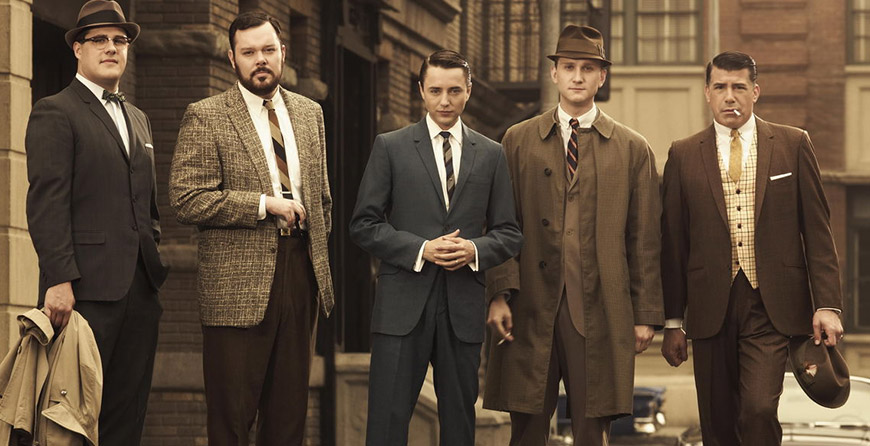
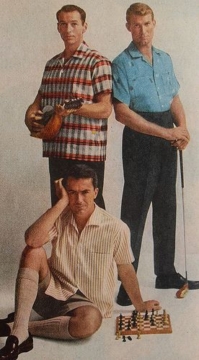
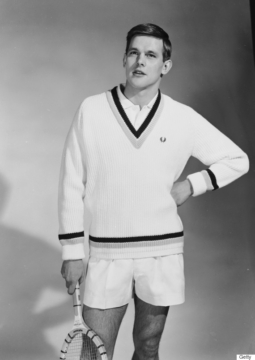 n in the 1930s were the Four-in-Hand knot and the Windsor knot. The Four-in-Hand knot, with its asymmetrical and slightly extended design, was a popular choice for everyday wear. The Windsor knot, a larger and more symmetrical knot, was designated for more formal events.
n in the 1930s were the Four-in-Hand knot and the Windsor knot. The Four-in-Hand knot, with its asymmetrical and slightly extended design, was a popular choice for everyday wear. The Windsor knot, a larger and more symmetrical knot, was designated for more formal events.